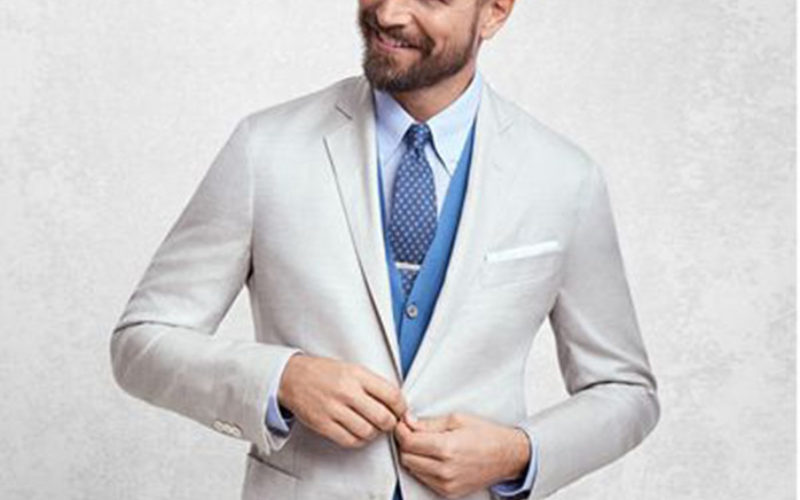Q. Can you tell me which button I’m supposed to button on the cuffs of my shirts? I would think it would be the inside one so that the outside button shows, but that makes it tight when I’m wearing a watch.
A. You are starting from a mistaken premise: that the two buttons on the shirt’s sleeve are both supposed to show. This is not the case. A shirt with two buttons placed horizontally on the sleeve’s cuff is called an “adjustable” sleeve length. It is actually a cost-saving device, designed to eliminate the need to make shirts in every sleeve length (known as “exact sleeve length” shirts). When manufacturers make just two sleeve lengths, designated 32/33 and 34/35, instead of four accurately fitting size 16s, you are given a choice of only two lengths, neither of which is likely to be precisely your size. Here is where the “adjustable” feature comes in. The additional button on the cuff is there to make the shirt a variable size; it allows the wearer to tighten or loosen the cuff. Since the second button announces to the world that it is not a top-notch shirt, I always advise men to decide which is the right one for them, and then cut off the button that is incorrect; it is not a display button.
Other questions about buttons in a man’s wardrobe often present a different puzzle: not whether to keep them, but whether or not to fasten them.
Vests are the simplest ones (and the ones most often done wrong).
Traditionally, vests should always be worn with the bottom button left unfastened. This is true across the board from casual vests worn with chinos to matching suit vests to elegant waistcoats worn with formal wear.
The only exception is a sweater vest (which is a matter of preference).
Sports coats and tailored suit jackets are similar; here is a cheat sheet:
• Single-breasted two-button closures – fasten the top button; leave bottom button undone
• Double-breasted six-button closures – also leave the bottom button unfastened.
When to button is another question: single-breasteds are worn buttoned when standing and open when seated; double-breasteds are worn buttoned at all times.
Besides removing the second button, men face other tailoring needs when buying clothes that require more skill than snipping the threads on a button (by the way, be sure to snip those threads on the outside of the button or very carefully inside the cuff to avoid cutting the cuff).
Do not ignore the basic need to have new (and older clothes that are already in your closet) altered by a professional tailor. Ready-made clothes that come off the rack are not always actually ready to wear. They often need some tweaking. Certainly, when new pants are bought un-hemmed or hemmed, you should have the tailor hem them to your correct length. And when you do, be sure he leaves enough fabric so that future repairs can be made. You can, if you like, have them finished with cuffs. Well-tailored trousers of the correct length with only a slight break, rather than a too-long puddling effect or a too-short flood pants look, make a huge difference. They can immediately make a man look well put together. Also, be sure to discuss with the tailor, the way a sport jacket or a suit jacket fits you at the waist. These days, men’s clothes are much more slim-fitting than they used to be. “Taking in” a jacket just a bit at the back seam or on the sides for a more current, trim fit is a simple (and inexpensive) alteration, well worth doing. On the other hand, adjusting the shoulders is almost always a mistake. If the jacket doesn’t fit right in the shoulders, don’t buy it.
Older clothes, too, may need altering. Because our bodies change over time and also because styles vary slightly with the swing of the fashion pendulum. How expensive clothes are is often much less important to a man’s overall well-dressed appearance than how well his clothes fit him, and how he wears them.
Please send your men’s dress and grooming questions to MALE CALL: Lois.Fenton@prodigy.net









